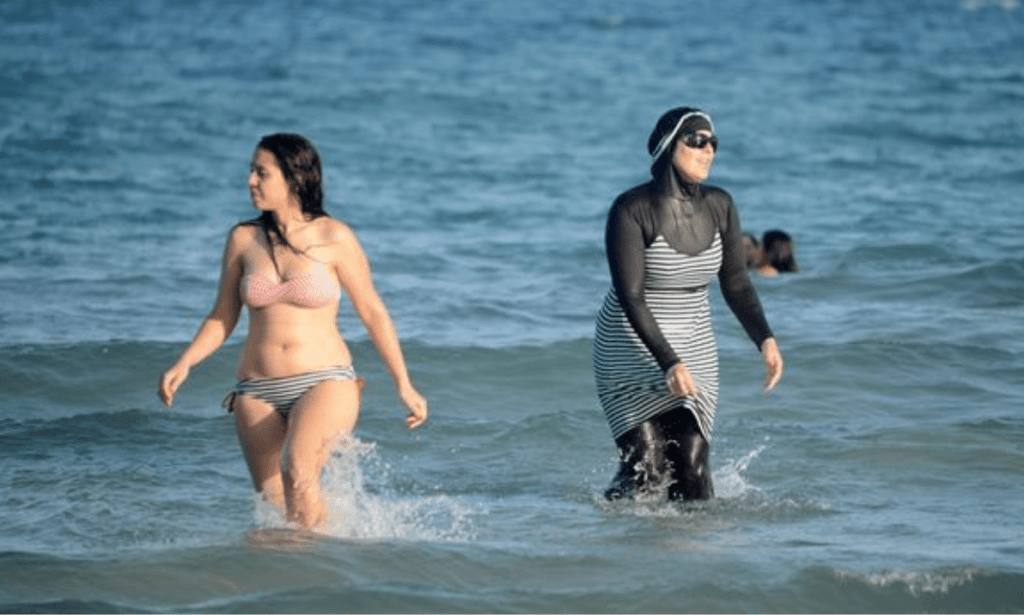We wear too little, and it’s a problem. We wear too much, and it’s also a problem. It seems like women are too often assessed and judged on the basis of their clothing options. While it may seem obvious to many that how a woman dresses is of no relevance or concern to society, this concept complicates itself when placed in certain contexts.
With France’s latest hijab ban, a lot of controversy was sparked. The side of the debate against this ban was supported by a discrimination against Muslim women. The other side, however, solidified its stance in the name of secularism and preventing separatism. However, the former failed to realize that when a woman dresses in revealing clothes in a conservative country, they will more often than not, get harassed. For the Western world, the issue seems to be that covering up is unacceptable, which in itself is perceived as discriminatory. Meanwhile in the Muslim world, revealing too much of your skin is also unacceptable, yet this discrimination is barely noticed.
By highlighting a level of discrimination seen by not enabling a woman to cover up as much as she pleases, and justifying that same prejudicial treatment in not enabling her to do the opposite, is the epitome of double standards. While it is clear that the former is a direct attack of someone’s religion, the other is an attack of someone’s culture, and they are both a form of discrimination against women. Against someone’s personal choices. And that, on its own, is sufficient to argue that we must either bring both to the table, or neither. But to pick one over the other, is to say that – whether driven by religion or culture – one way a woman chooses to dress is more valid than the other. If you support the hijab, you must also support any other form of clothing, irrespective of why either are justified. Otherwise, you end up with contradictory standards.
Choosing conservative attire vs. more revealing clothes is more than just a personal matter, it is a reflection of shared values, a means by which to express yourself. Western critics see the hijab as a symbol of oppression. However, many Muslims see them as a form of modesty. Muslim critics see the Western means of clothing as provocative and objectifying, while many Westerners view it as their freedom to dress the way they please. Which side is more valid than the other has no place in the equation. In fact, the only factor that does, is the fact that women are being threatened and harassed over their choice of clothing in the first place. And that is the only thing that matters, the only thing that we should be focusing on preventing.
Ultimately, banning the hijab under the premise of “liberating the women of other cultures” is to disguise your own illiberality. At the same time, harassing a women based on wearing hot shirts or a tank top, under the premise of religious rights, is to away these very rights. After all, its either we entitle both choices, or we entitle none. However, by choosing one over the other, we take away our own right to claim that we are being prejudiced, given the fact that we are prejudicing someone else in the process.



